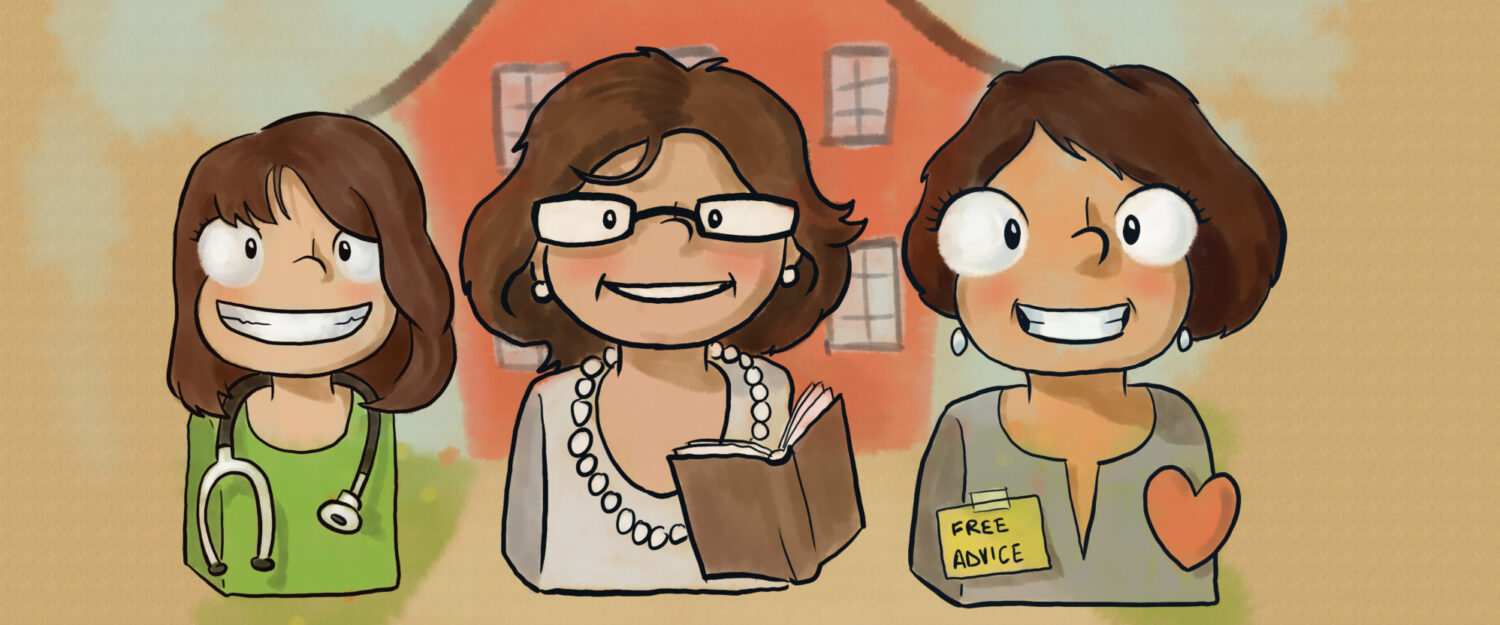Does it seem like your student explodes instantly?
Actually there are many signs before an explosion. This handout, The Cycle of Anger, will help you and the student recognize these signs in order to avoid the explosion.
Step 1: High Risk Situations-this identifies what was going on and where the student was when the problem started. By analyzing this data, you may notice a student always has a problem in a specific activity (math, PE, free time, etc.) or in a certain location (bathroom, hallway, music class, etc.).
Step 2: The Trigger-what happened that triggered a student? What set him off? It could be as simple as the teacher giving a direction or another student making a face.
Step 3: How are you feeling? The student’s body is giving him signals. At first, it will be difficult for the student to recognize these signals. You need to pay attention and help him identify what his body is doing. It may be increased breathing, increased heart rate, tightening of the jaw, tapping fingers on desk, etc.
Step 4: EXIT-this the first opportunity to get off the cycle of anger. What can the student do to avoid blowing up? The de-escalation strategies listed here should be want works for this student. Don’t just make a generic list. What specifically will work for this one student?
Step 5: How are you feeling now? This is similar to step 3. It’s recognizing body signals. The signals may be huffing and puffing breaths, slumped body in chair or rigid body, grumbling, etc.
Step 6: EXIT-the student has another opportunity to get off the cycle of anger. Again, what can the student do to avoid blowing up? He may need to take a walk, take a time out, etc.
Step 7: Harmful Behavior. This is what happens when the student does not use an exit behavior and get off the cycle of anger. It’s an unacceptable behavior. It may be talking back, slamming a book, fighting or threatening others. The harmful behavior will following with discipline.
Step 8: How can you avoid the problem next time? This is the whole reason for processing behavior. Step 8 should connect to Step 1. You want to encourage the student to avoid high risk situations.
Once I had a 4th grader who would yell, knock over chairs and desks. In the heat of the moment, I could only hope to contain the student to keep everyone safe. After he calmed, we reviewed what happened. We used the Cycle of Anger to help process what happened. We discovered his body was giving him signals…he squinted his eyes and squeezed his lips tightly when getting angry. We finished the worksheet and he had a consequence for his outburst. Days later, he started to get angry…his eyes squinted, his lips squeezed in a line. Because we had analyzed his behavior and body signals earlier, I was able to point out what his body was telling him. I let him know that this is the time to make good decisions (take 10 deep breaths, etc). He was surprised and was able to stop his explosion. This was a wonderful breakthrough; it was the first time he changed his behavior! We praised him and he was happy. Several days later, he again was getting angry. When he squinted his eyes and squeezed his lips, he gasped when he recognized what his body was telling him! He was able to change his behavior on his own!!! He had very few disruptions after understanding his outbursts and being able to control them.
Just the other day, a young lady in high school used the Cycle of Anger after just one introduction to it. It was her first day our program. I reviewed the Cycle of Anger and explained part of the program is understanding behavior in order to control it. Later that day, she was irritated by a boy in class. She told me she remembered the Cycle of Anger and instead of “going off”, she closed her eyes and took slow calming breaths. Now THAT’S excellent control!

